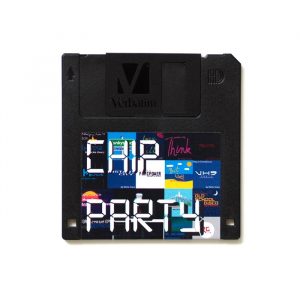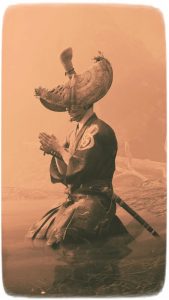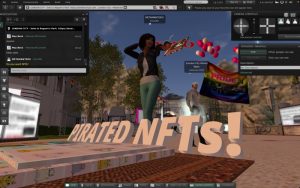The story started last week: Playlist – Playing Games, Music, Art and Playlist, it’s not (just) about nostalgia.
Playlist – Playing Games, Music, Art, an exhibition curated by Domenico Quaranta for Laboral‘s new Mediateca Expandida, explores the role played by music in the adoption and manipulation of obsolete technologies: vinyls, old computers, game platforms, etc. The format of Mediateca Expandida goes beyond the traditional exhibition format, allowing visitors to touch and play with the same instruments that the artists have developed and sometimes use in their performances, offering a lounge to listen to dozens of 8-bit music tunes, a programme of concerts, etc.
Music take center stage in the exhibition but Playlist has also a very physical dimension that deals with the pleasure of manipulating and tweaking the devices and the aesthetic delectation in the vintage look of arcades and handheld consoles, breathing new life into devices which would otherwise have been given a one way ticket to the e-waste inferno after only a couple of years of existence.
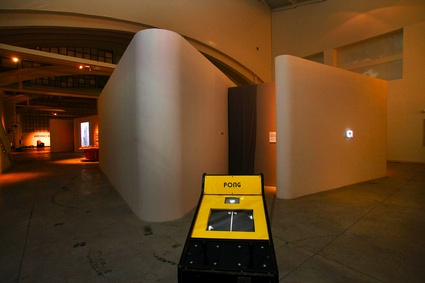 André Gonçalves, Pong – The Analog Arcade Machine Prototype #2, 2008
André Gonçalves, Pong – The Analog Arcade Machine Prototype #2, 2008
Pong is an analogue recreation of the 1970s Atari arcade videogame. Released in 1972, Pong was the first videogame to achieve widespread popularity in both arcade and home console. André Gonçalves gave Pong a new twist by excluding the physics behind its programming algorithms. Instead his installation relies a physical process: it’s the air blown by small fans that controls a real ping-pong ball.
The machine is made of two pieces connected through a cable and located in different rooms. The first part is a coin-operated arcade wooden box (picture above) with analog joysticks, buttons and 2 tv screens, one showing the graphics and another displaying the game view.
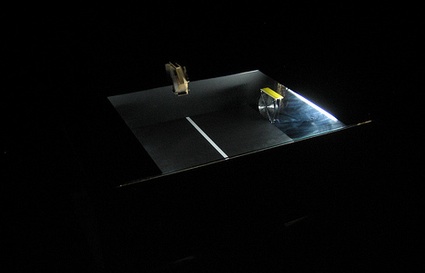 Photo credit: Domenico Quaranta
Photo credit: Domenico Quaranta
The main part of the installation awaits you in a dark room. It is a wooden structure where all the physical action of the game occurs, filmed by a video camera.
Check out this video of the installation:
Because early Game Boy models had the shape and almost the weight of a brick, Game Boy musicians sometimes call them “bricks”. Gijs Gieskes took the idea literally by crafting and baking a Gameboy Bricks. He then then erected a wall of Gameboy Bricks, and left ivy grew over it for archeologists to maybe uncover them one day, when all the original plastic Gameboy will have disappeared.
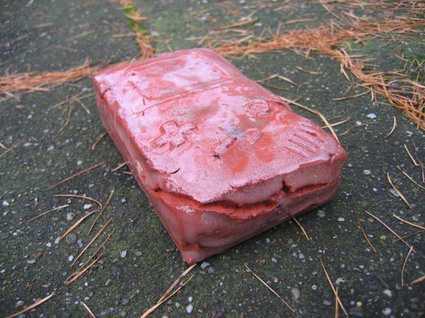
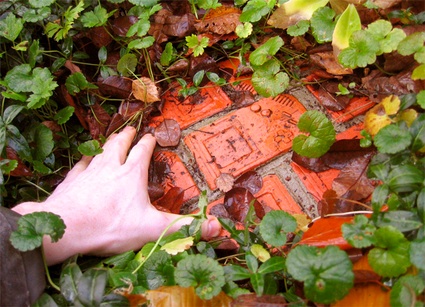 Gijs Gieskes, Gameboy Brick, 2006
Gijs Gieskes, Gameboy Brick, 2006
Joey Mariano‘s Juvenile Amplifier embraces the cult for chiptune with gusto. As a kid, the artist took delight in listening to the sound coming from the single mono speaker of his gameboy, but he wanted the sound to be louder. His Juvenile Amplifier beefs up the sound without the use of headphones or a large PA system.
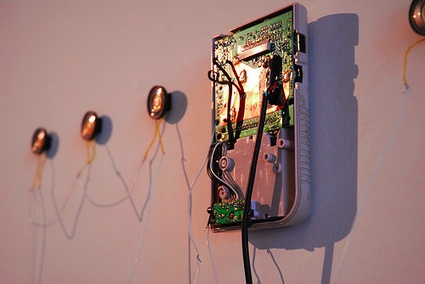 Joey Mariano, Juvenile Amplifier, 2009.Image by Marjorie Becker
Joey Mariano, Juvenile Amplifier, 2009.Image by Marjorie Becker
The Hupel Pupel, by Dragan Espenschied, is a quirky little magazine of lo-tech comics created using a Game Boy camera with the built-in paint/stamp tools and a Palm running TealPaint 4.4.
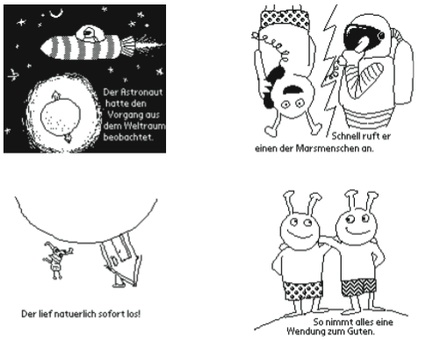
With Protopixel HARDcade, by VjVISUALOOP embedded a software into a vintage videogame arcade cabinet. Visitors can create live visuals using the original joystick and buttons. The visuals are generated by the software and displayed through the monitor of the cabinet and two video projectors. The monitor displays the images at a rather blurred and slow refresh rates (15Khz), in a similar way to the ’80s arcade games. The images projected on the walls are more crisp. The moving images are low resolution, have limited frame rate and set of colours, as well as loops and “old school” effects such as colour cycling and ’80s style patterns. The software also includes electronic 8-bit glitch sound, related to the images displayed on the screens.
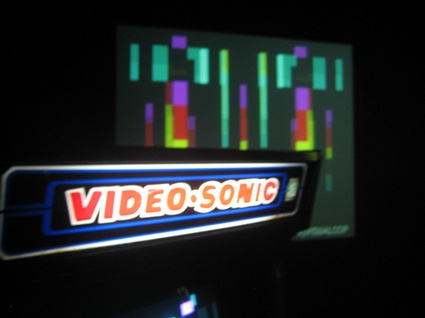 VjVISUALOOP, Protopixel HARDcade (installation view.) Image credit: Domenico Quaranta
VjVISUALOOP, Protopixel HARDcade (installation view.) Image credit: Domenico Quaranta
The opening of the exhibition was quite a success. Great performance by VjVISUALOOP and Jeff Donaldson/noteNdo, lovely food (as always in Asturias) and a big crowd of people who seemed to be genuinely interested. However, the number of young people was disappointingly low. Which makes me want to end with the conclusion of Kevin Driscoll and Joshua Diaz’ essay for the Playlist catalog: “The artists of the Game Boy generation may be the last for whom chiptunes can hold a nostalgic appeal. Will their fans simply age with them, or will the chirping arpeggios, square waves, and creative spirirt of chiptune music similarly captivate a younger audience reared on PlayStation and the Xbox?”
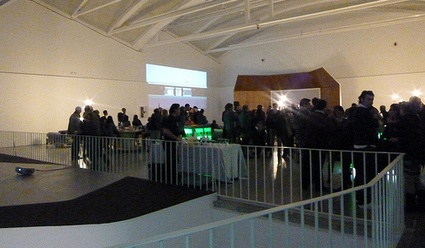 Playlist – Playing Games, Music, Art, the second exhibition of Laboral‘s new Mediateca Expandida, is open until May 17, 2010 at LABoral Centro de Arte y Creación Industrial in Gijón, Spain.
Playlist – Playing Games, Music, Art, the second exhibition of Laboral‘s new Mediateca Expandida, is open until May 17, 2010 at LABoral Centro de Arte y Creación Industrial in Gijón, Spain.
Image on the homepage: Antonio Cavadini / Tonylight who just had a solo show at the Fabio Paris Art Gallery in Brescia, Italy.


